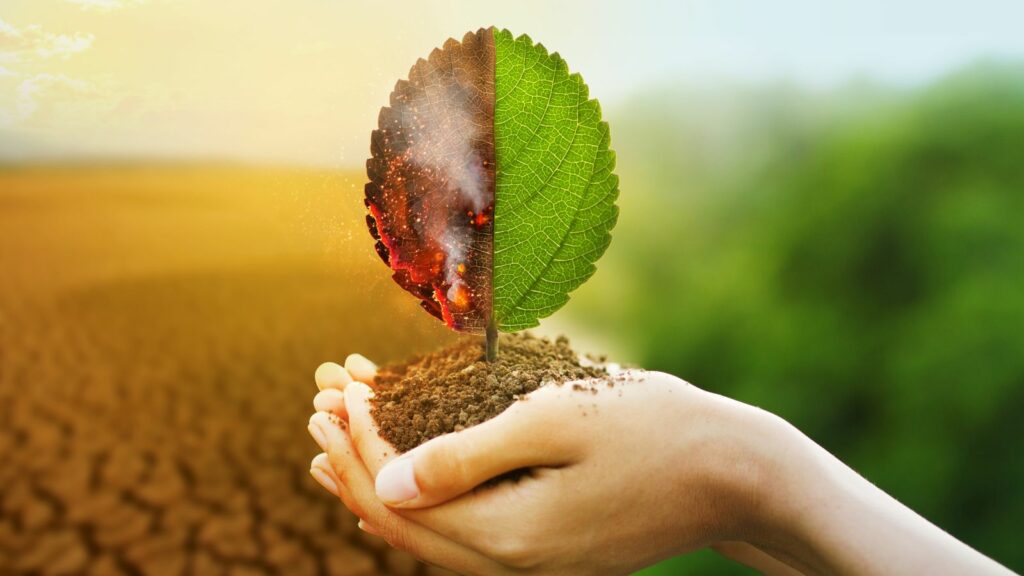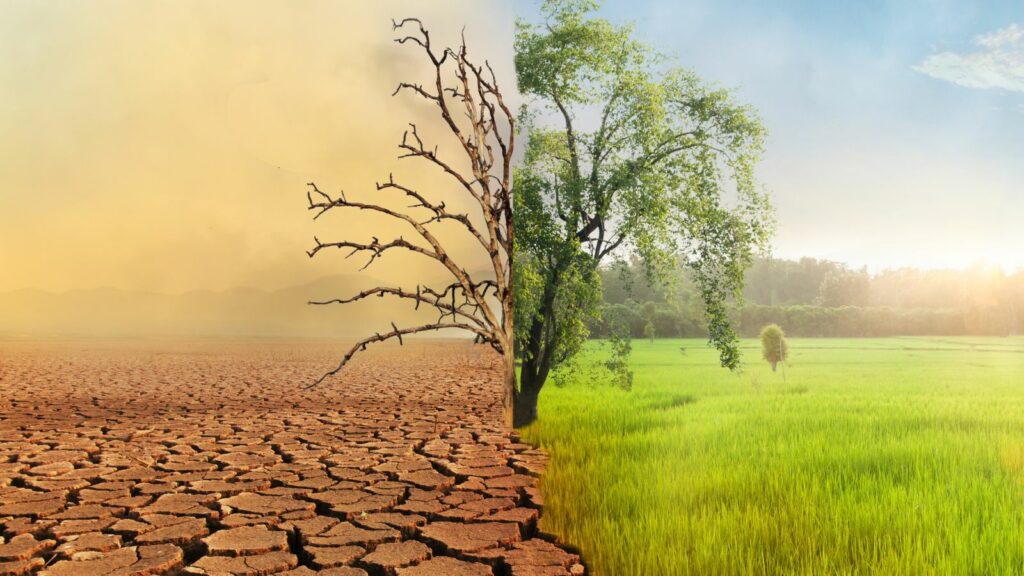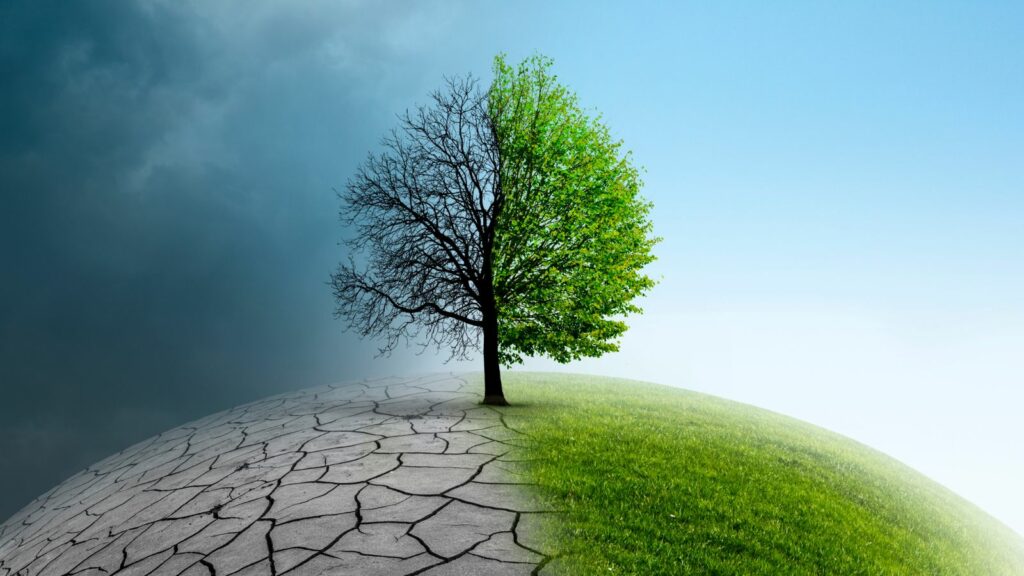In a world grappling with the effects of climate change, art has emerged as a powerful tool for inspiring action and raising awareness. Climate action art, a vibrant and dynamic movement, brings together artists, activists, and communities to create compelling narratives that challenge perceptions and provoke thought. Through installations, murals, and performances, these artists aim to spark conversations and drive change.
Climate Action Art
Climate action art merges creativity with environmental advocacy, producing impactful works that reach diverse audiences. Artists incorporate materials like recycled plastics and salvaged metals to highlight human impact on ecosystems. Murals, for instance, vividly depict rising sea levels or endangered species, making abstract climate concepts tangible.

Installations and performances engage viewers directly, creating experiences that foster connection and empathy for environmental issues. Sculptures constructed from waste materials serve as stark reminders of consumerism’s consequences. Interactive exhibits invite spectators to participate in climate solutions, such as planting virtual trees or calculating personal carbon footprints.
Collaborative projects amplify voices from marginalized communities, connecting local environmental challenges with global concerns. In coastal areas, community-driven art initiatives document changing shorelines, offering both cultural preservation and environmental awareness. These creative endeavors bridge gaps between science, storytelling, and activism, illustrating how ingenuity cultivates hope and drives change.
Curated exhibitions and festivals focus on climate narratives, drawing attention to climate action’s artistic facet. These events gather large audiences, offering platforms for dialogue among artists, scientists, and the general public. By positioning art as a medium for change, these gatherings inspire attendees to take meaningful steps in addressing climate challenges.
Impact On Environmental Awareness
Climate action art plays a crucial role in enhancing environmental awareness, translating complex climate data into visual narratives that resonate. This art form mobilizes communities and shifts perceptions around sustainability.
Educational Power

Climate action art serves as a tool for education, demystifying climate science through engaging visuals. Artists create works that communicate data, such as global temperature rise or deforestation rates, in a comprehensible manner. Interactive installations allow audiences to experience environmental processes and consequences, fostering better understanding. Communities benefit as art is accessible across different educational levels, bridging gaps in environmental knowledge and promoting informed discussions.
Social Influence
Art advocating for climate action influences social behavior by sparking dialogues and encouraging collective responsibility. Public artworks in urban spaces reach diverse audiences, prompting reflection and conversation. Campaigns using art for activism engage communities, leading to collaborative efforts toward sustainability. Artists often partner with local groups, leveraging art to highlight issues like pollution and habitat destruction, thus mobilizing social change. Through social media, climate action art gains visibility, spreading awareness and reaching global audiences fast.
Notable Climate Action Artists
Notable artists blend creativity and activism to convey powerful environmental messages. These individuals contribute significantly to raising awareness about climate change through their artistic endeavors.
Pioneering Figures

Olafur Eliasson uses large-scale installations to explore climate issues, focusing on the relationship between nature and technology. His work “Ice Watch” features glacial ice blocks that highlight melting polar regions, encouraging public discourse on global warming.
Agnes Denes, a pioneering figure in environmental art, integrates ecology and visual art. Her piece “Wheatfield – A Confrontation” situates a wheat field in urban Manhattan, symbolizing environmental and social contradictions in modern society.
Andy Goldsworthy creates ephemeral works using natural materials like leaves and ice, drawing attention to ecological themes. His art reflects the transient nature of ecosystems and the impacts of climate change.
Emerging Voices
Zaria Forman creates hyper-realistic pastel drawings of glaciers and water to illustrate environmental changes. Her depictions of melting ice caps bring attention to global warming’s impact on arctic and coastal regions.
Luzinterruptus, an anonymous art collective, utilizes light installations to highlight environmental issues. Their projects illuminate waste and consumption patterns in urban areas, prompting reflection on sustainability.
Inspiring Environmental Change
Climate action art stands as a transformative force, merging creativity with environmental advocacy to inspire change and awareness. As artists continue to innovate and collaborate, they provide compelling narratives that resonate globally. By embracing technology and sustainable practices, climate action art not only highlights the urgency of environmental issues but also empowers communities to envision a sustainable future.

